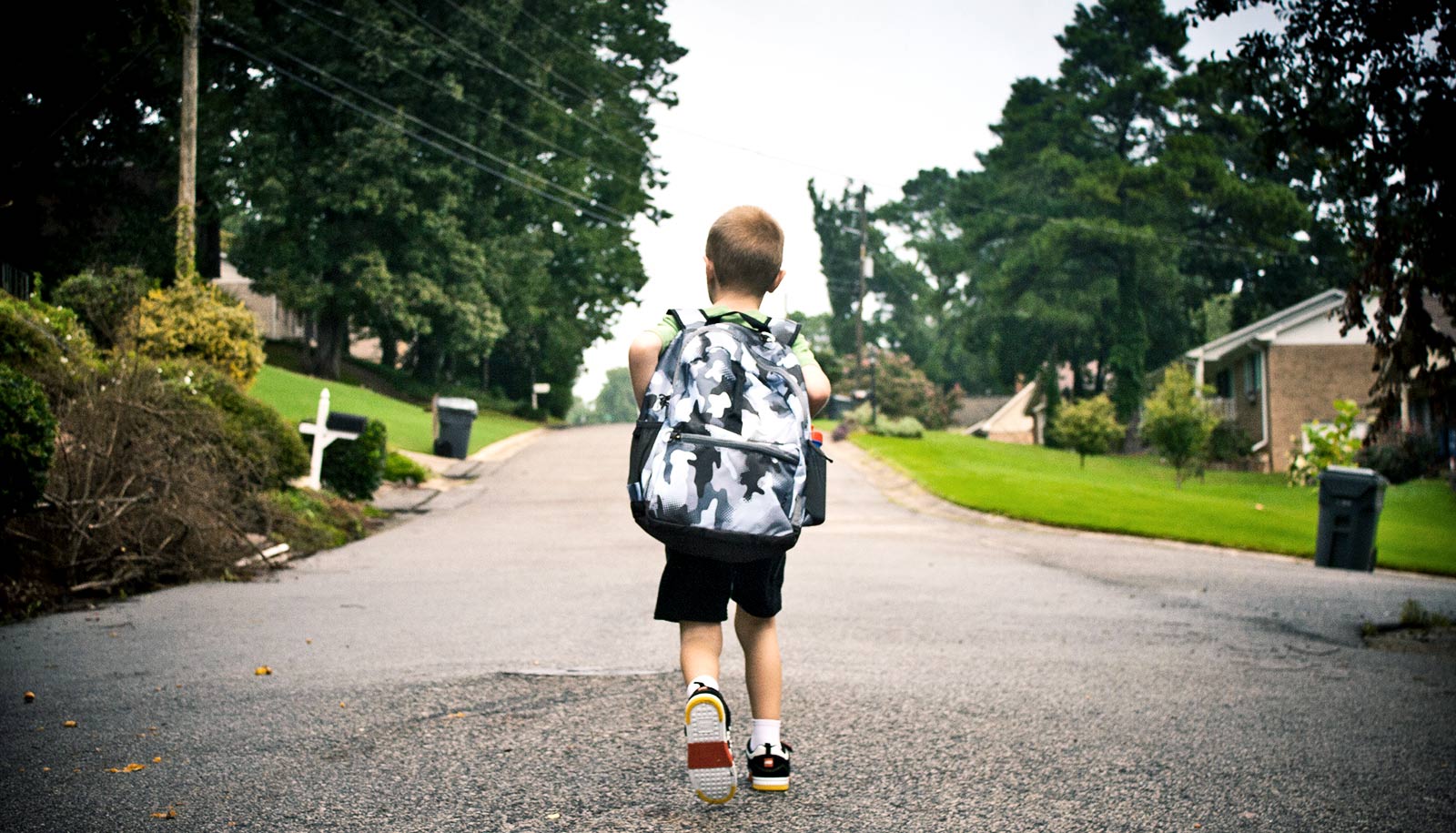The average education level in a school’s county and the number of Southern natives living there most influence US public schools to use corporal punishment, new research suggests.
“Since research on school corporal punishment is so limited, our results are vital…”
Sarah Font, a faculty member of the Child Maltreatment Solutions Network and assistant professor of sociology at Penn State, found that the same factors that predict the use of parental corporal, or physical, punishment also predict the use of school corporal punishment (SCP).
“Since research on school corporal punishment is so limited, our results are vital to increasing knowledge on this form of school punishment and understanding how we can modify it,” says Font.
As of 2016, 19 states legally permitted the use of SCP in public schools and three states did not formally ban or allow it. Though many schools in these states decide to not use SCP, there are still quite a few public schools that use it to some extent.
Few studies have been conducted that examine SCP and its consequences, but it can be drawn from research on parental corporal punishment that SCP likely has negative impacts on children’s social, behavioral, and mental well-being, say the researchers.
“We know that parental corporal punishment has such a significant negative impact on children and we don’t understand why schools would continue to use it despite the known consequences. Our intention with this research was to understand why some public US schools continue to use SCP and to find any factors that influence its use,” says Font. “This study is the first to use universal data gathered from US public schools to understand SCP.”
For the 2011-2012 school year, the US Department of Education Civil Rights Data Collection conducted a mandatory survey for all US public schools that included questions on the use and prevalence of SPC. This data was then correlated with its corresponding county-level data. The county-level data came from the US Census, the Association of Statisticians of American Religious Bodies, and the US Department of Agriculture, and consisted of three sets of factors. These cultural characteristics included religious and political affiliation, socioeconomic characteristics (median income and education levels), and racial composition.
Black, disabled kids more often paddled at school
Within these factors, Font’s team examined characteristics that are attributed to Southernness and rurality. “Southernness and rurality here reflect the cultural aspects rather than the geographical definition of a county and may indicate the probability that a school in that area will use SCP,” Font explains.
“Southern and rural cultures have been described as emphasizing tradition and order, and are more conservative in their religious and political affiliations,” she says
Font’s team found that the most influential cultural factor in predicting the use and prevalence of SCP in a school was the county’s Southernness. As the percentage of Southern-born residents increased, the likelihood of a school utilizing SCP also significantly increased.
A county’s average education level also was a reliable predictor of SCP. As average education level increased, the chances of SCP use decreased dramatically.
Font states, “We found that the factors associated with parental use of corporal punishment also predicted the schools’ use of SCP as part of its disciplinary system. The children who are most likely to be exposed to SCP are possibly the same children who are likely to receive corporal punishment at home, and consequently, are further disadvantaged.”
Additionally, to the researchers’ surprise, they discovered that schools receiving Title I funding were almost twice as likely to use SCP than schools who do not receive this aid. Title I funding provides financial assistance to schools with high percentages of children from low-income families to ensure that all children meet state academic standards.
According to Font, this research adds vital information to the limited collection of data on SCP.
Poor schools tend to punish, not help, students
“It offers insight into why some schools continue to use SCP despite its declined use nationally and its potentially negative consequences for children, as well as aid in identifying these schools and counties that need the most help in abolishing SCP and replacing it with alternative discipline methods,” she says.
The findings also could inform policymakers to revise Title I qualifications to ensure schools discontinue the use of SCP to receive aid.
A paper on the work appears in the Children and Youth Services Review.
Grants awarded to the Population Research Center at The University of Texas at Austin by the Eunice Kennedy Shriver National Institute of Child Health and Human Development and support from Penn State’s Population Research Institute, part of the Social Science Research Institute, funded the study.
Source: Penn State



